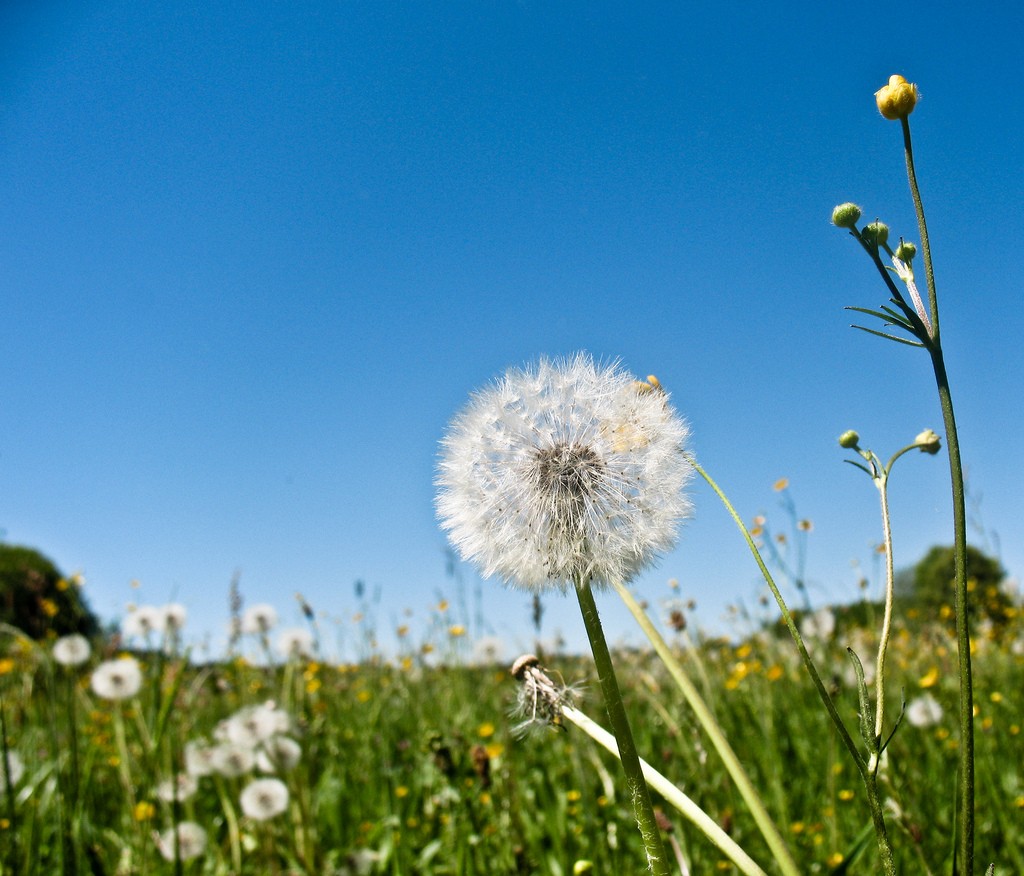
For most of us, summer brings bright sun, hot days, and great times at the beach and neighborhood BBQs. But for some, summer can be prime allergy season.
To help you battle unwelcome stuffed noses, itchy skin, hives, and more, here are some of the most common allergies that aggravate people during the summer season:
1. Pollen
One of the most infamous allergy culprits out there, many of pollen’s worst perpetrators flourish in the summer. While in the spring pollen mostly comes from trees and flowers, in the summer, it’s from weeds such as ragweed.
If you’re allergic to pollen, you’re likely to experience symptoms including congestion, itchy eyes, sneezing, and/or coughing at this time of year.
2. Stings & Bites
Bees, wasps and other bugs come out in this season. No one likes to get stung, but for some of us, a stinger can cause a much bigger problem than for others—for some, it’s life-threatening.
To reduce your risk, limit your time outside. Don’t linger outside with uncovered food, especially sugary ones like soda that will draw bees and other bugs in. Those with very serious or life-threatening allergies should carry a self-care kit (such as an Epi-Pen) at all times and wear a MedicAlert bracelet.
3. Mold
If your reactions kick in later in the summer or early into fall, the trigger might be mold. This summer-to-fall transition time is when some types of mold spore—in fact, it can be an even greater allergy issue than pollen.
Mold allergies trigger symptoms very similar to pollen—if you’ve got an itchy eyes, nose or throat; sneezing; or congestion, it could be a mold allergy.
4. Poison Ivy
Leaves of three, let it be—this helpful Boy Scouts mnemonic device can help you avoid poison ivy’s itchy and highly spreadable rash.
Reactions to poison ivy can be very tame or quite extreme, and can take from a few hours to a full week to show. But most people are at least a little allergic, and you won’t know how much until you’re experiencing it.
If you get it, wash the exposed area immediately with soap and water. Contain the rash by resisting the urge to scratch, applying hydrocortisone cream to it, and keeping the rash covered with a bandage.
If touching poison ivy leads to difficulty breathing or swallowing, swelling, or the rash covers most of your body, get to the ER immediately.
5. Sunscreen
Sunscreens are essentially a combination of chemicals, so it may not be not surprising it could trigger an allergy. It’s actually a fairly rare allergy, but certainly a good one to know about, if you do.
A sunscreen allergy can be caused by blocking agents in the sunscreen, or even a fragrance that has been added to it. Regardless of the cause, look for symtoms such as itching or a rash/blisters on the skin. If you experience these kinds of symptoms, try a hypoallergenic formulas. If the reaction still persists, see a doctor.
Bear in mind that sometimes the reaction only occurs when the formula touches the skin and there is also sun exposure—so if you applied on your shoulders and then put a t-shirt on, you may only get a rash on your forearms.
To address this kind of allergic reaction, wash the area with soap and water to remove the sunscreen. Then, apply a cortisone cream or oral antihistamine to help relieve itching and swelling. Avoid the sun until healed.
Don’t Let Allergies Hold You Back
Summer allergies are common, but they don’t have to stop your fun! Most allergies treatable with simple over-the-counter treatments, but always talk to your doctor before self-medicating, and make sure you fully understand your risks.
Leave a Reply
You must be logged in to post a comment.